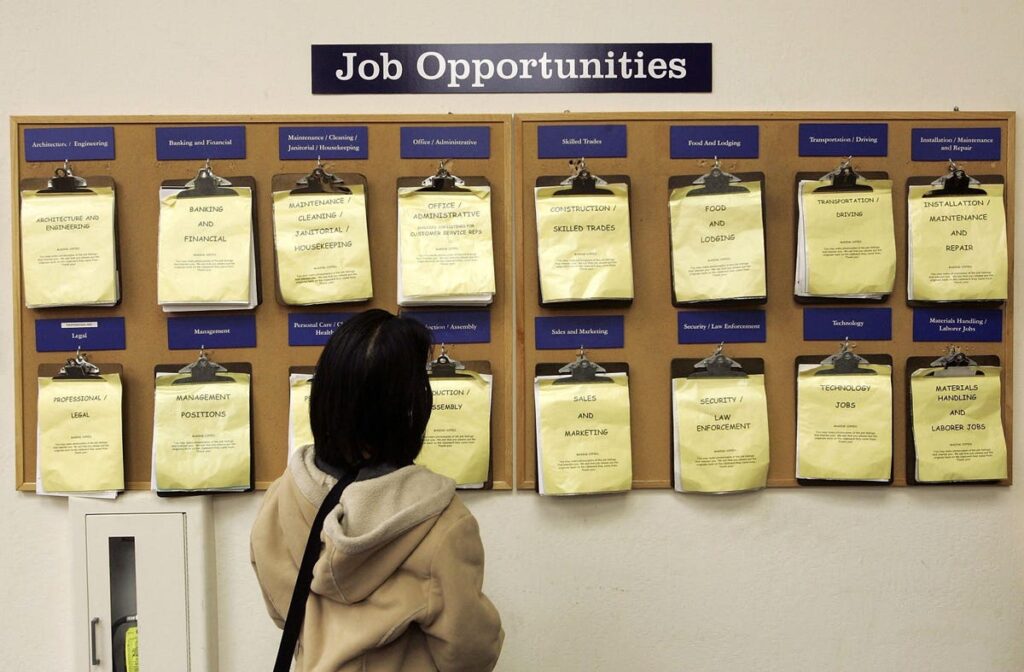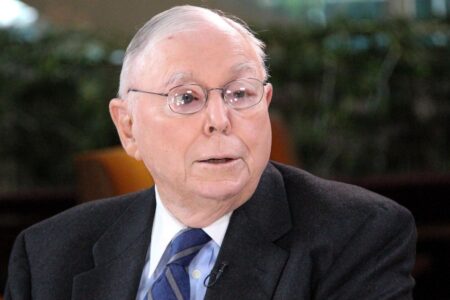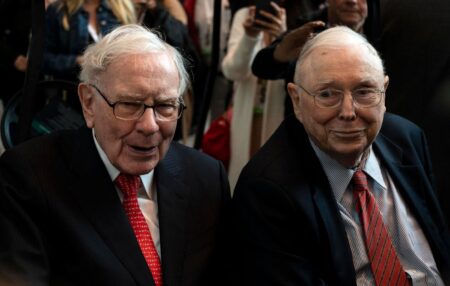The rate of inflation has improved significantly from its peak, but wage growth remains the primary threat to allowing the Federal Reserve to end its hiking of short-term yields. Thus, last Friday’s jobs report is crucial to the outlook for monetary policy and the economy. On the surface, the rapid increase in the unemployment rate from 3.5% to 3.8% seems to paint a picture of a rapidly deteriorating labor market, but there is a need for more nuance here.
The increase in unemployment was a healthy increase in the labor force rather than a decline in employment. This development will give rise to hopes that wage growth can moderate due to the added supply of labor rather than a reduction in demand for workers, which accompanies an economic slowdown.
The payrolls report showed a higher-than-expected number of new jobs for the month at 187,000, but a downward revision of 110,000 to the increases over the last two months more than offsets the monthly number. The U.S. household survey research series, which adjusts the household survey of employment to make it comparable with the payroll report, supports the conclusion that job growth is moderating. One complication in the analysis is the Yellow trucking bankruptcy, and the Hollywood worker strike held that job growth back. Goldman Sachs estimates that job growth would have been 50,000 higher without those two items.
Wage growth moderated to 4.3% year-over-year and increased at a below-expected rate of 0.2% month-over-month.
Those wishing to make the case for a possible pickup in hiring soon would point to the increase in average weekly hours. The Atlanta Fed currently estimates third-quarter GDP growth at a whopping 5.6%. While actual GDP should come in below that level, even cutting that number in half keeps the economy in above-trend growth, and GDP growth is typically accompanied by hiring.
Earlier last week, the JOLTS report showed job openings falling to the lowest level since early 2021.
The data from last week bolsters the case for the moderation in inflation, allowing an end to Federal Reserve rate hikes as inflation, which is reflected in the decline in Treasury yields from their recent peaks. In addition, the probability that this can done while avoiding a recession has risen on the back of last week’s data releases.
Last week’s jobs report reinforced the probability that the short-term risk of recession remains very low. The data indicates a softening in the labor market, which, if the trend continues, should allow for continued progress in the fight against inflation without further rate hikes. In the wake of these reports, the Federal Reserve should take no action at their September meeting. The bond market also expects no rate hike at the November meeting, which is far from a sure thing and will keep market participants scrutinizing future labor market and inflation readings.
Read the full article here









